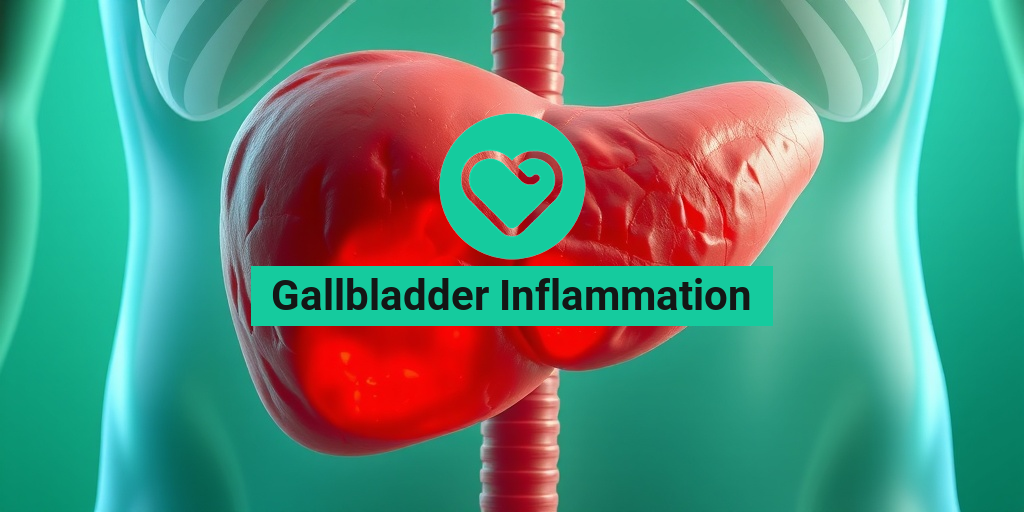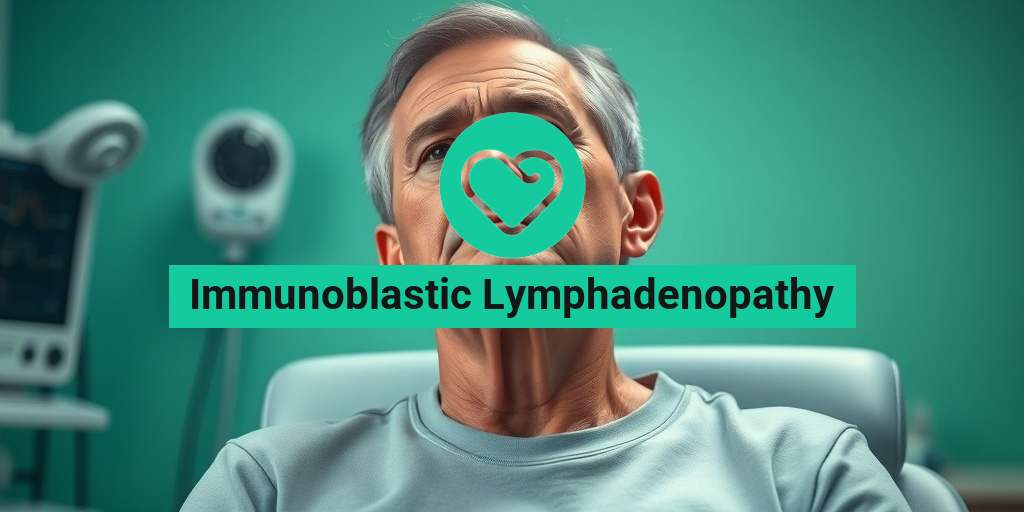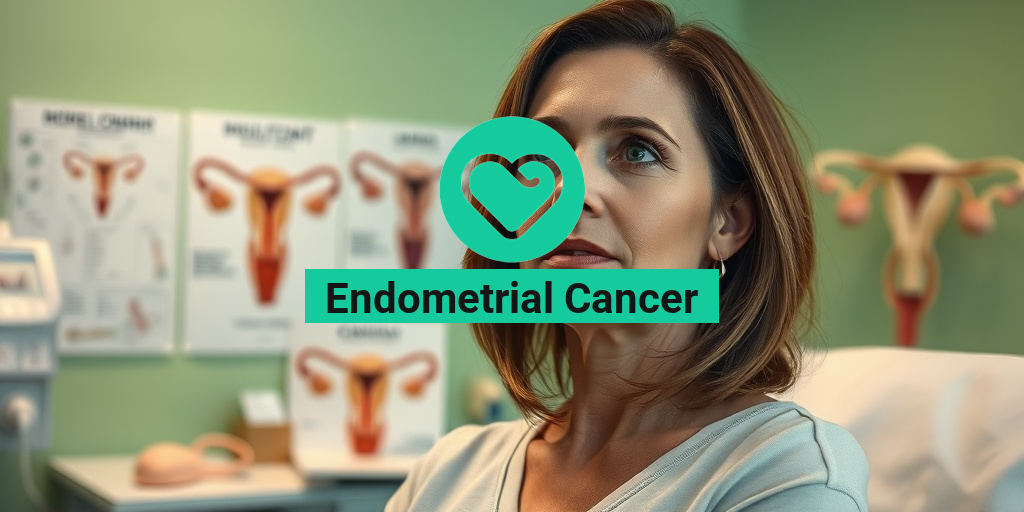What Is Gallbladder Inflammation?
Gallbladder inflammation, medically known as cholecystitis, is a condition characterized by the swelling and irritation of the gallbladder, a small organ located beneath the liver. The gallbladder plays a crucial role in digestion by storing bile, a digestive fluid produced by the liver that helps break down fats. When the gallbladder becomes inflamed, it can lead to significant discomfort and various health complications.
There are two primary types of gallbladder inflammation: acute and chronic. Acute cholecystitis occurs suddenly and is often caused by gallstones blocking the cystic duct, leading to a buildup of bile. On the other hand, chronic cholecystitis develops over time, often due to repeated episodes of acute inflammation or ongoing irritation from gallstones.
Causes of Gallbladder Inflammation
Understanding the causes of gallbladder inflammation is essential for prevention and treatment. Some common causes include:
- Gallstones: The most prevalent cause, gallstones can obstruct the flow of bile, leading to inflammation.
- Bile Duct Obstruction: Conditions that block the bile duct can cause bile to accumulate, resulting in inflammation.
- Infections: Bacterial infections can lead to inflammation of the gallbladder.
- Other Medical Conditions: Conditions like diabetes or liver disease can increase the risk of gallbladder inflammation.
It’s important to note that gallbladder inflammation can occur even in the absence of gallstones, a condition often referred to as acalculous cholecystitis. This can be particularly concerning as it may not present the typical symptoms associated with gallstones.
Gallbladder Inflammation Symptoms
Recognizing the symptoms of gallbladder inflammation is crucial for timely diagnosis and treatment. Common symptoms include:
- Abdominal Pain: This is often the most prominent symptom, typically located in the upper right quadrant of the abdomen. The pain may be severe and can radiate to the back or right shoulder.
- Nausea and Vomiting: Many individuals experience nausea and may vomit, especially after eating fatty foods.
- Fever: A low-grade fever may accompany inflammation, indicating an underlying infection.
- Jaundice: Yellowing of the skin and eyes can occur if the bile duct is obstructed.
- Loss of Appetite: Many people with gallbladder inflammation report a decreased desire to eat.
If you experience these symptoms, especially severe abdominal pain, it is essential to seek medical attention promptly. Early intervention can prevent complications such as gallbladder rupture or infection.
When to Seek Medical Help
It’s vital to recognize when gallbladder inflammation may require immediate medical attention. If you experience:
- Severe abdominal pain that does not improve
- Persistent vomiting
- High fever
- Signs of jaundice
These symptoms may indicate a serious condition that requires urgent care. Don’t hesitate to reach out to a healthcare professional for guidance.
Conclusion
Gallbladder inflammation is a serious condition that can significantly impact your health and quality of life. Understanding the causes and symptoms is the first step toward effective management. If you suspect you have gallbladder inflammation, consider consulting with a healthcare provider for a proper diagnosis and treatment plan. For more information and evidence-based health answers, visit Yesil Health AI. Your health is important, and staying informed is key! 🌟
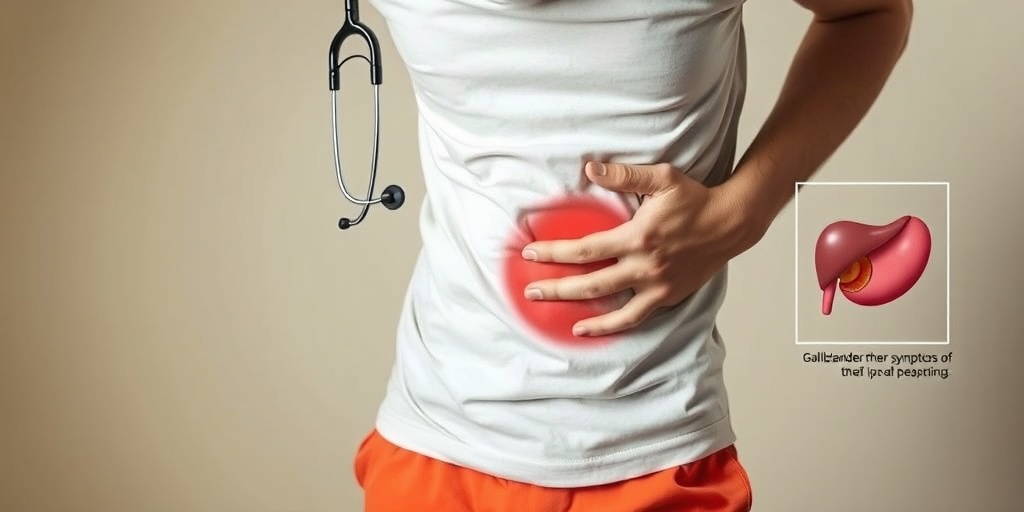
Gallbladder Inflammation Causes
Gallbladder inflammation, medically known as cholecystitis, can arise from various underlying factors. Understanding these causes is crucial for effective management and treatment. Here are some of the primary causes of gallbladder inflammation:
1. Gallstones
One of the most common causes of gallbladder inflammation is the presence of gallstones. These are hardened deposits of digestive fluid that can block the bile ducts, leading to inflammation. When the gallbladder is unable to release bile due to these blockages, it can become inflamed and painful.
2. Bile Duct Obstruction
Aside from gallstones, other factors can obstruct the bile ducts, such as tumors or strictures. When bile cannot flow properly, it can accumulate in the gallbladder, causing inflammation and infection.
3. Infection
Infections can also lead to gallbladder inflammation. Bacterial infections, particularly those that affect the bile ducts, can cause the gallbladder to become inflamed. This is often accompanied by symptoms such as fever and abdominal pain.
4. Trauma or Injury
Physical trauma to the abdomen, such as from an accident or surgery, can lead to gallbladder inflammation. This type of inflammation may occur due to direct injury to the gallbladder or as a secondary effect of other abdominal injuries.
5. Certain Medical Conditions
Several medical conditions can increase the risk of gallbladder inflammation. Conditions such as diabetes, cirrhosis, and pancreatitis can contribute to the development of cholecystitis. These conditions may affect bile production and flow, leading to inflammation.
6. Diet and Lifestyle Factors
Your diet and lifestyle choices can also play a significant role in gallbladder health. A diet high in fatty and processed foods can increase the risk of gallstones, which in turn can lead to inflammation. Additionally, rapid weight loss or obesity can contribute to gallbladder issues.
Gallbladder Inflammation Risk Factors
Understanding the risk factors associated with gallbladder inflammation can help in prevention and early detection. Here are some key risk factors to consider:
1. Age and Gender
Gallbladder inflammation is more common in individuals over the age of 40, and women are at a higher risk than men. Hormonal factors, particularly those related to pregnancy and estrogen therapy, may contribute to this increased risk.
2. Obesity
Being overweight or obese significantly raises the likelihood of developing gallstones, which can lead to gallbladder inflammation. Excess body weight can alter bile composition and increase cholesterol levels, promoting stone formation.
3. Family History
A family history of gallbladder disease can increase your risk. If close relatives have experienced gallstones or gallbladder inflammation, you may be more susceptible to these conditions.
4. Diet
A diet high in cholesterol and low in fiber can contribute to gallbladder problems. Consuming a lot of refined carbohydrates and unhealthy fats can lead to the formation of gallstones, increasing the risk of inflammation.
5. Rapid Weight Loss
While losing weight is generally beneficial for health, rapid weight loss can actually increase the risk of gallstones and subsequent gallbladder inflammation. This is often seen in individuals who undergo very low-calorie diets or weight loss surgeries.
6. Other Medical Conditions
Certain medical conditions, such as diabetes, liver disease, and hemolytic anemia, can increase the risk of gallbladder inflammation. These conditions can affect bile production and flow, leading to complications.
By being aware of these causes and risk factors, individuals can take proactive steps to maintain gallbladder health and seek medical attention when necessary. If you experience symptoms such as severe abdominal pain, nausea, or fever, it’s essential to consult a healthcare professional for proper evaluation and treatment. 🩺
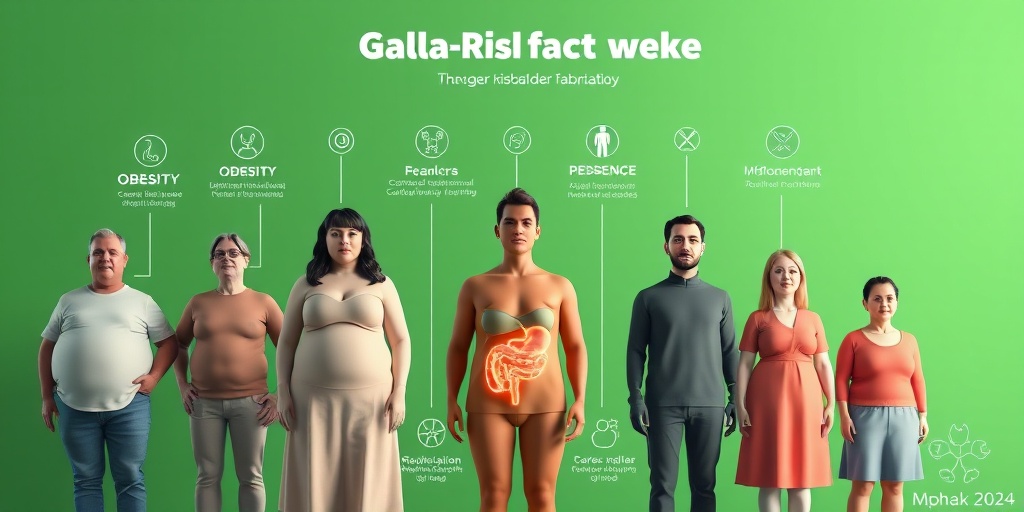
Gallbladder Inflammation Diagnosis
Diagnosing gallbladder inflammation, also known as cholecystitis, involves a combination of medical history, physical examinations, and various diagnostic tests. Understanding the diagnostic process can help you recognize symptoms early and seek appropriate treatment.
Medical History and Symptoms
The first step in diagnosing gallbladder inflammation is a thorough medical history. Your healthcare provider will ask about your symptoms, which may include:
- Severe abdominal pain: Often located in the upper right quadrant, this pain can radiate to the back or right shoulder.
- Nausea and vomiting: These symptoms often accompany the abdominal pain.
- Fever: A low-grade fever may indicate inflammation or infection.
- Jaundice: Yellowing of the skin and eyes can occur if a bile duct is blocked.
It’s essential to provide your doctor with a complete picture of your symptoms, including their onset, duration, and any factors that worsen or relieve them. This information can significantly aid in the diagnostic process.
Physical Examination
During a physical examination, your doctor will check for tenderness in the abdomen, particularly in the area of the gallbladder. They may also perform a Murphy’s sign test, where they ask you to take a deep breath while they press on your abdomen. If this causes pain, it may indicate gallbladder inflammation.
Diagnostic Imaging Tests
To confirm a diagnosis of gallbladder inflammation, your doctor may order one or more imaging tests, including:
- Ultrasound: This is the most common test used to diagnose gallbladder issues. It uses sound waves to create images of the gallbladder and can reveal inflammation, gallstones, or other abnormalities.
- CT Scan: A computed tomography scan provides detailed images of the abdomen and can help identify complications such as abscesses or perforation.
- HIDA Scan: This nuclear imaging technique assesses the function of the gallbladder and can show how well it is concentrating a radioactive tracer.
In some cases, your doctor may also recommend blood tests to check for signs of infection, inflammation, or liver function abnormalities. Elevated white blood cell counts or liver enzymes can indicate gallbladder issues.
Gallbladder Inflammation Complications
If left untreated, gallbladder inflammation can lead to several serious complications. Understanding these potential issues is crucial for recognizing the importance of timely diagnosis and treatment.
Chronic Cholecystitis
Repeated episodes of acute gallbladder inflammation can lead to chronic cholecystitis. This condition is characterized by ongoing inflammation and can result in a thickened gallbladder wall. Symptoms may be less severe than acute cholecystitis but can still cause discomfort and digestive issues.
Gallbladder Perforation
One of the most severe complications of gallbladder inflammation is perforation, where the gallbladder wall breaks down, leading to leakage of bile into the abdominal cavity. This can cause peritonitis, a life-threatening infection that requires immediate medical attention.
Abscess Formation
In some cases, an abscess may form around the inflamed gallbladder. This localized collection of pus can cause significant pain and fever. Treatment typically involves antibiotics and may require drainage of the abscess.
Bile Duct Obstruction
Gallstones can sometimes block the bile ducts, leading to jaundice and further complications such as pancreatitis. If the bile duct is obstructed, it can cause bile to back up into the liver, resulting in liver damage.
Pancreatitis
Inflammation of the gallbladder can also lead to pancreatitis, an inflammation of the pancreas. This condition can cause severe abdominal pain, nausea, and vomiting, and may require hospitalization for treatment.
Increased Risk of Gallbladder Cancer
Chronic inflammation of the gallbladder has been linked to an increased risk of gallbladder cancer. While this is a rare complication, it highlights the importance of managing gallbladder inflammation effectively.
In conclusion, recognizing the symptoms and understanding the diagnostic process for gallbladder inflammation is vital for preventing complications. If you experience any symptoms associated with gallbladder issues, consult your healthcare provider promptly to ensure appropriate evaluation and treatment. 🩺
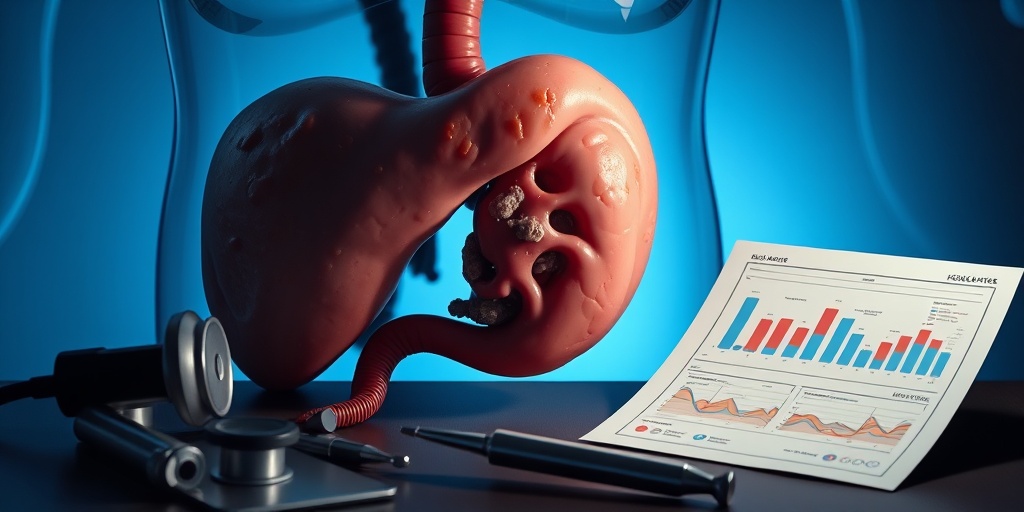
Gallbladder Inflammation Treatment
Gallbladder inflammation, also known as cholecystitis, can be a painful and distressing condition. Understanding the treatment options available is crucial for managing symptoms and preventing complications. Here, we’ll explore various treatment methods, from lifestyle changes to medical interventions.
1. Medical Treatments
When it comes to treating gallbladder inflammation, medical intervention is often necessary. Here are some common approaches:
- Medications: Nonsteroidal anti-inflammatory drugs (NSAIDs) can help relieve pain and reduce inflammation. In some cases, antibiotics may be prescribed if an infection is present.
- Cholecystectomy: This is the surgical removal of the gallbladder and is often recommended for severe cases or recurrent inflammation. It can be performed laparoscopically, which is less invasive and allows for quicker recovery.
- Endoscopic Retrograde Cholangiopancreatography (ERCP): This procedure is used to remove gallstones that may be blocking the bile ducts, which can contribute to inflammation.
2. Dietary Adjustments
Diet plays a significant role in managing gallbladder inflammation. Here are some dietary tips to consider:
- Low-Fat Diet: Reducing fat intake can help minimize gallbladder strain. Focus on lean proteins, whole grains, and plenty of fruits and vegetables.
- Avoid Trigger Foods: Certain foods may exacerbate symptoms. Common culprits include fried foods, spicy dishes, and high-cholesterol items.
- Stay Hydrated: Drinking plenty of water can aid digestion and help prevent gallstone formation.
3. Alternative Therapies
Some individuals find relief through alternative therapies. While these should not replace conventional treatments, they may complement them:
- Herbal Remedies: Certain herbs, like milk thistle and dandelion, are believed to support liver and gallbladder health.
- Acupuncture: This traditional Chinese medicine technique may help alleviate pain and improve overall well-being.
Gallbladder Inflammation Prevention
Preventing gallbladder inflammation is essential for maintaining digestive health. Here are some effective strategies to reduce your risk:
1. Maintain a Healthy Weight
Being overweight increases the risk of gallstones, which can lead to inflammation. Aim for a balanced diet and regular exercise to achieve and maintain a healthy weight. Even a modest weight loss can significantly reduce your risk of gallbladder issues. 🏋️♀️
2. Eat a Balanced Diet
A diet rich in fiber and healthy fats can help keep your gallbladder functioning properly. Consider the following:
- Increase Fiber Intake: Foods high in fiber, such as fruits, vegetables, and whole grains, can help prevent gallstones.
- Healthy Fats: Incorporate sources of healthy fats, like avocados, nuts, and olive oil, which can promote gallbladder health.
3. Regular Physical Activity
Engaging in regular physical activity can help maintain a healthy weight and improve overall digestive health. Aim for at least 150 minutes of moderate exercise each week. 🚴♂️
4. Avoid Rapid Weight Loss
While losing weight is important, doing so too quickly can increase the risk of gallstones. Aim for a gradual weight loss of 1-2 pounds per week to minimize this risk.
5. Stay Hydrated
Drinking enough water is vital for overall health and can help prevent gallstone formation. Aim for at least 8 glasses of water a day, or more if you are active. 💧
By understanding the treatment options and implementing preventive measures, you can effectively manage and reduce the risk of gallbladder inflammation. Always consult with a healthcare professional for personalized advice and treatment plans tailored to your specific needs.
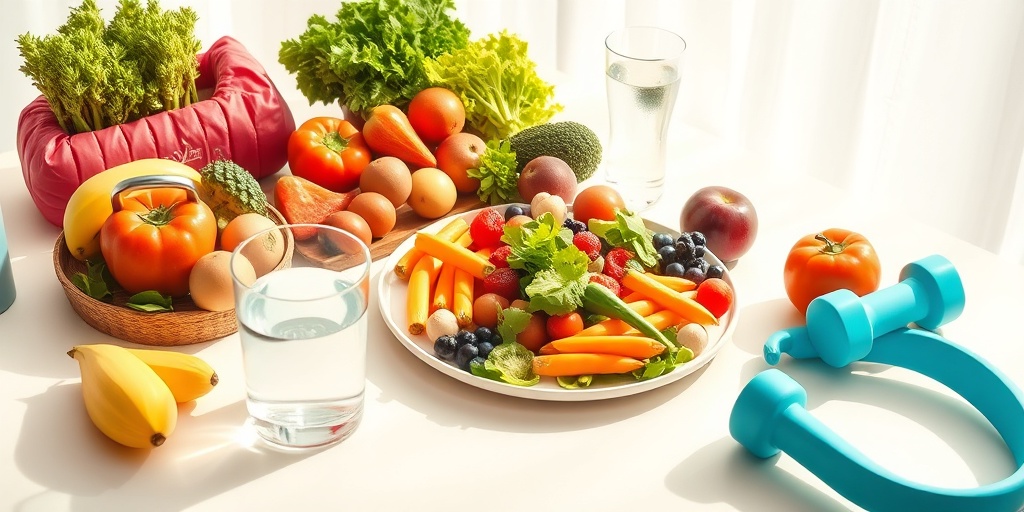
Frequently Asked Questions about Gallbladder Inflammation
What is Gallbladder Inflammation?
Gallbladder inflammation, also known as cholecystitis, is a condition characterized by the swelling and irritation of the gallbladder, often due to the presence of gallstones or other factors. It can lead to severe abdominal pain and other complications if not treated promptly.
What are the symptoms of Gallbladder Inflammation?
Common gallbladder inflammation symptoms include:
- Severe pain in the upper right abdomen
- Nausea and vomiting
- Fever
- Jaundice (yellowing of the skin and eyes)
- Indigestion or bloating
What causes Gallbladder Inflammation?
The primary gallbladder inflammation causes include:
- Gallstones blocking the bile ducts
- Infection
- Tumors
- Severe illness or injury
Can Gallbladder Inflammation occur without stones?
Yes, gallbladder inflammation no stones can occur. This condition may arise from infections or other factors that do not involve the presence of gallstones.
What is the treatment for Gallbladder Inflammation?
Treatment options for gallbladder inflammation treatment may include:
- Antibiotics for infections
- Pain relief medications
- Surgery to remove the gallbladder (cholecystectomy) in severe cases
Is there a specific diet for Gallbladder Inflammation?
A gallbladder inflammation diet typically involves low-fat foods, avoiding fried and greasy items, and incorporating more fruits, vegetables, and whole grains to support digestive health.
What is the medical term for Gallbladder Inflammation?
The medical term for gallbladder inflammation is cholecystitis.
What does Gallbladder Inflammation mean in medical terms?
In medical terms, gallbladder inflammation meaning refers to the pathological condition where the gallbladder becomes inflamed, often due to obstruction or infection.
What is the ICD-10 code for Gallbladder Inflammation?
The ICD-10 code for gallbladder inflammation is K81, which encompasses various types of cholecystitis.
How is Gallbladder Inflammation related to Gallstones?
Gallstones are a common cause of gallbladder inflammation. When gallstones block the bile ducts, they can lead to irritation and swelling of the gallbladder.
When should I seek medical attention for Gallbladder Inflammation?
If you experience severe abdominal pain, fever, or jaundice, it is crucial to seek medical attention immediately, as these may be signs of gallbladder inflammation that requires urgent care. 🚑

